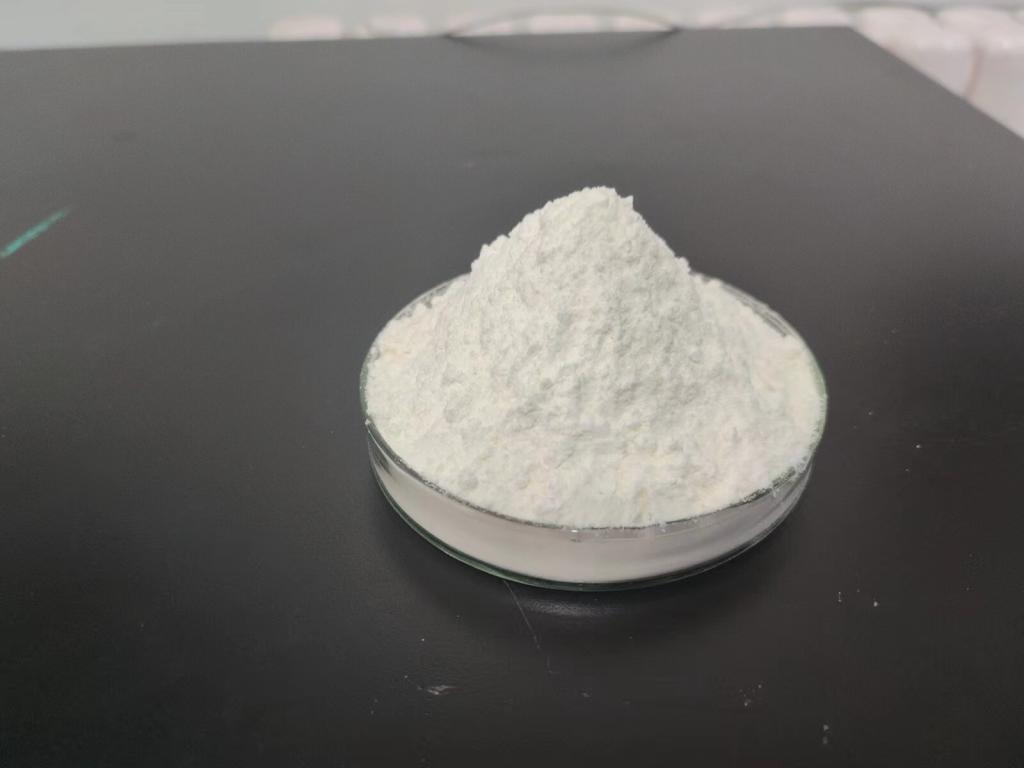Tel:+8618231198596

News
 CONTACT
CONTACT
 CONTACT
CONTACT
- Linkman:Linda Yao
- Tel: +8618231198596
- Email:linda.yao@dcpharma.cn
- Linkman:CHARLES.WANG
- Department:Overseas
- Tel: 0086 0311-85537378 0086 0311-85539701
News
Sustainable Solutions in Water Conservation: ε-Polylysine Hydrochloride in Agriculture
TIME:2024-01-24
I. Water Scarcity in Agriculture
A. Importance of Water in Agriculture
Water is a vital resource in agriculture, serving as a key component for crop growth, irrigation, and various farming practices. However, the increasing demand for food, coupled with changing climate patterns, has led to water scarcity concerns in many agricultural regions worldwide.
B. Conventional Irrigation Challenges
Traditional irrigation methods, such as flood irrigation and overhead sprinklers, are common but often inefficient. These practices contribute to water wastage, soil erosion, and the leaching of nutrients, exacerbating the environmental impact of agricultural activities.
II. ε-Polylysine Hydrochloride: An Overview
A. Natural Origin and Production
ε-Polylysine hydrochloride is a natural antimicrobial compound produced through fermentation, typically derived from Streptomyces albulus. Its natural origin makes it an eco-friendly alternative to synthetic compounds, aligning with the growing demand for sustainable agricultural practices.
B. Antimicrobial Properties
The primary antimicrobial mechanism of ε-polylysine hydrochloride involves disrupting the cell membranes of microorganisms, inhibiting their growth. This targeted action against bacteria and fungi makes it a versatile solution for various applications in agriculture.
III. Sustainable Agriculture Practices with ε-Polylysine Hydrochloride
A. Soil Amendment and Plant Health
Integrating ε-polylysine hydrochloride into agricultural practices as a soil amendment can enhance plant health by controlling soil-borne pathogens. This reduces the need for chemical pesticides, contributing to a more sustainable and environmentally friendly approach to pest management.
B. Precision Agriculture
ε-Polylysine hydrochloride can play a role in precision agriculture, where the application of inputs is optimized based on real-time data. By controlling microbial populations in the soil, it helps create a more favorable environment for plant growth, maximizing the efficiency of water and nutrient use.
IV. Water Conservation through Controlled Release
A. Smart Watering Systems
The controlled release of water through smart watering systems is a key strategy for water conservation in agriculture. By incorporating ε-polylysine hydrochloride into these systems, the controlled release can be further enhanced, ensuring that water reaches plants precisely when and where it is needed.
B. Improved Water Retention
ε-Polylysine hydrochloride's antimicrobial properties can also positively impact soil structure, enhancing water retention. This reduces water runoff and improves the soil's ability to hold moisture, particularly in regions prone to drought or erratic precipitation patterns.
V. Case Studies and Research Findings
A. Enhanced Crop Yields
Research studies have demonstrated the positive impact of ε-polylysine hydrochloride on crop yields. By promoting plant health and protecting against microbial threats, this natural compound contributes to increased productivity, even under challenging environmental conditions.
B. Reduced Dependency on Chemicals
Farmers adopting ε-polylysine hydrochloride have reported a reduced need for chemical fertilizers and pesticides. This shift not only contributes to environmental sustainability but also mitigates the potential negative impacts of chemical residues on soil and water quality.
VI. Challenges and Considerations
A. Cost and Accessibility
One of the challenges in adopting ε-polylysine hydrochloride in agriculture is the cost of production and accessibility. As with any innovative solution, finding cost-effective production methods and ensuring widespread availability are critical for its adoption by farmers.
B. Education and Adoption
Farmers and agricultural practitioners need to be educated about the benefits and applications of ε-polylysine hydrochloride. Demonstrating its efficacy through case studies and outreach programs can play a crucial role in promoting its adoption in different agricultural settings.
VII. Future Directions and Collaborative Efforts
A. Sustainable Agriculture Initiatives
The incorporation of ε-polylysine hydrochloride into sustainable agriculture initiatives aligns with global efforts to promote environmentally friendly practices. Collaborative efforts between researchers, agricultural experts, and policymakers can drive the integration of this natural compound into mainstream agricultural practices.
B. Research and Innovation
Ongoing research and innovation are essential to further explore the potential applications of ε-polylysine hydrochloride in agriculture. Investigating its interaction with different soil types, crops, and environmental conditions can provide valuable insights for optimizing its use.
VIII. Conclusion
ε-Polylysine hydrochloride emerges as a sustainable solution in water conservation for agriculture, addressing critical challenges associated with water scarcity and inefficient irrigation practices. Its natural origin, antimicrobial properties, and potential to enhance soil and plant health position it as a valuable tool in the pursuit of sustainable agriculture. As farmers, researchers, and policymakers collaborate to implement innovative solutions, ε-polylysine hydrochloride stands out as a promising contributor to a more water-efficient, environmentally friendly, and productive agricultural future. The integration of ε-polylysine hydrochloride into mainstream agricultural practices represents a significant step towards sustainable water management and conservation in the face of escalating global water challenges.
- Tel:+8618231198596
- Whatsapp:18231198596
- Chat With Skype







